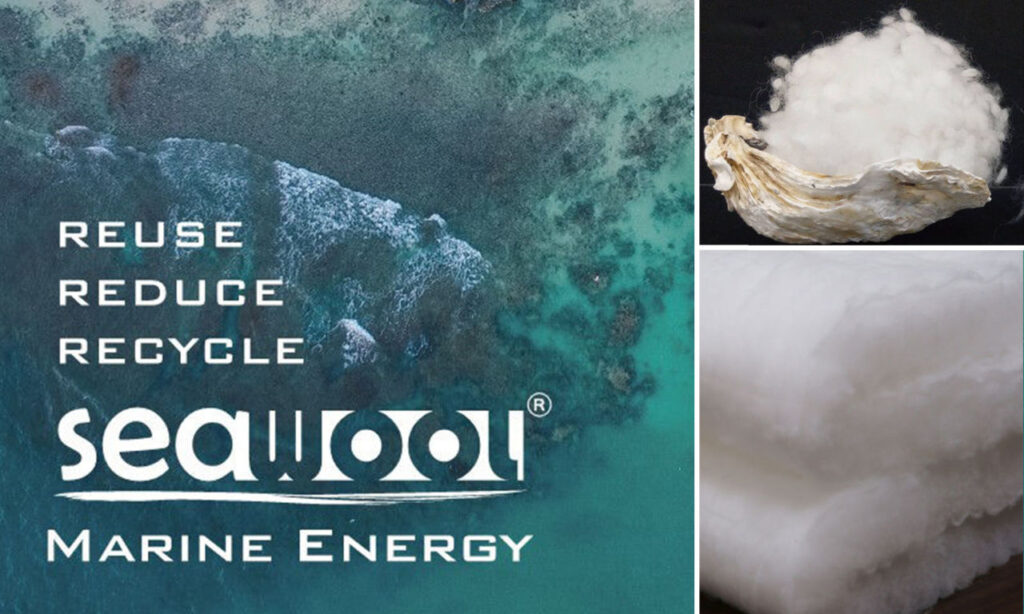Waste made clothes: The eighth of June is World Oceans Day, an international day commemorating worldwide to protect the ocean since 2002, spearheaded by the Ocean Project. Recognised by the United Nations in 2008, the day is to discuss sustainable management of ocean resources and support efforts and contributions to protect the ocean.
Release of plastics into the sea
The ocean plays a vital role in climate change. Generating about half of the oxygen that people need and containing a quarter of carbon dioxide emissions, oceans serve as a “natural buffer,” stabilising the global climate.
Nevertheless, rapid industrialisation and development on a global scale damaged the ocean’s power to safeguard lives on land and underwater. One of the detrimental byproducts of industrialisation is plastic waste – over eight million metric tons of plastics are disposed of in the sea every year, and some predict that there will be more plastics than fish by 2050.
What’s more, about 35 per cent of microplastics that enter the ocean are from synthetic textiles. Fast fashion trends and low recycling rates are some of the reasons that explain the annual release of half a million tons of plastic microfibres. Pollutants from plastic waste can travel to people’s dinner tables, and they accumulate in marine life.
Switching to clothes made of natural fibres instead of synthetic can be a solution to reduce the amount of plastic waste entering the sea. However, some developments have been made during the manufacturing stage, like rediscovering ocean waste as a source fabric.
Duvaltex, Canada-based textile leader
Duvaltex, a leading manufacturer of textiles in Canada for almost 25 years, introduced ocean waste-based Clean Impact Textiles in 2019. The company states that all textiles from this line are produced with post-consumer, thrown-away materials, reconstructing them into polyester, including biodegradable yarn made of plastic waste from the oceans.
Duvaltex collects the waste to make yarn, then sorts and cleans them. They are then processed and reconstructed into polymer, the base material for yarn, and made into Clean Impact Textiles. The company said for every pound of Clean Impact Textile, almost half a pound of marine plastic waste.
Collaborating with multiple brands, Duvaltex states that its textile made with marine plastic waste is versatile, offering various colours and textures depending on the purpose of its use.
Kvadraft, the world’s first recycled polyester upholstery textile
Kvadraft is a textile maker based in Basel, Switzerland, producing materials with collected ocean waste. Among varying products from the company, branded “Tide”, Sport is a type of polyester textile made of 100 per cent waste collected from coastal areas and shores. This differs from other ocean waste textiles, which use waste obtained from up to 50 kilometres away from shores or combine non-waste-based materials with waste textiles to repurpose them.

Most plastics collected for repurposing are PET bottles, Kvadraft said. Because bottles do not contain dangerous substances to humans, the company categorises and cleanses the plastics without using chemicals. Next, plastics are made into granules and then reformed into yarn. Kvadraft guarantees 100% traceability, keeping its manufacturing process transparent from verifiable origins.
“Plastic waste accumulates in uncontrolled landfills, is carried into streams and rivers, and eventually finds its way into the oceans through various conduits,” Kvadraft states on its website. “Tide aims to disrupt this cycle by collecting plastic waste from oceans, rivers, coastlines, and uncontrolled landfills, actively striving to prevent further pollution.”
CTT’s textile made with oyster shells
Taiwan-based company CTT recently launched yarn and textile products in South Korea in partnership with its distributor, ZIO INTERNATIONAL. Those products are Seawool, yarn made of oyster shells, and Smarwarm, made of Seawool. CTT said both products are rich in minerals and calcium, can provide UV protection, and are very soft and warm for winter clothes.
Shells of oysters take up a huge part of marine waste in Asia. More than 300,000 metric tons of oysters are thrown away in South Korea, 4.2 million in China, and 200,000 in Taiwan. Seawool is a yarn produced with these oyster shells; the developer powders them into nano-sized particles and then sprays them onto polyester fabric made of recycled plastic bottles. To make one kilogram of Smarwarm, primarily purposed as a filler material for heavier clothing, it takes six oyster shells, CTT said.


